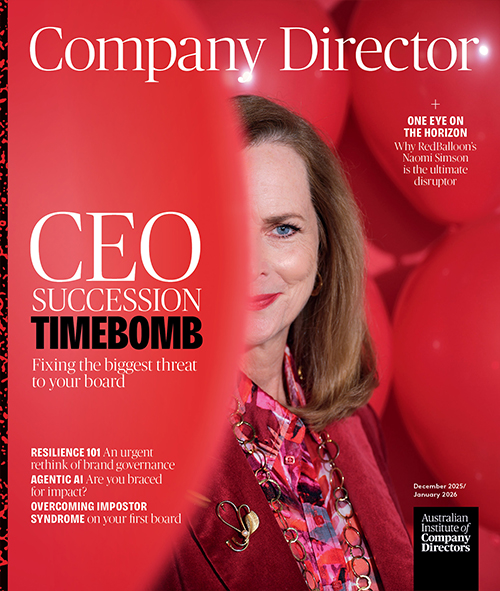Leveraging Risk Management Standards to Strengthen Practices
Risk management represents a core discipline enabling organisations to identify and respond to uncertainties that may impact objectives. Implementing recognised risk management standards provides a structured foundation to ingrain effective practices based on accumulated knowledge. For boards and leaders seeking to elevate risk oversight, adapting leading risk management standards tailored to their organisation's context offers a prudent pathway.
ISO 31000 Risk Management Guidelines
Developed by the International Organization for Standardization, ISO 31000 offers comprehensive guidance for designing, implementing and evaluating risk management frameworks. Core principles emphasise value creation, integration into processes, inclusive decision making and tailored application. The ISO 31000 framework encompasses risk identification, analysis, evaluation, treatment, monitoring and continuous improvement protocols. Widely adopted globally, ISO 31000 provides an internationally recognized risk management benchmark.
COSO Enterprise Risk Management Framework
Issued by the Committee of Sponsoring Organizations of the Treadway Commission, COSO ERM provides a blueprint enabling organisations to effectively identify, assess and manage risk exposures. The COSO framework incorporates four objectives – strategy, operations, compliance and reporting – across five components – governance, culture, risk assessment, control activities and information. A maturity model helps assess current state capabilities and guide progress. COSO ERM serves as a leading enterprise risk management standard in the United States.
AS/NZS ISO 31000:2009 Standard
This joint Australian and New Zealand risk management standard represents a localised adaptation of ISO 31000 guidelines incorporating terminology and examples tailored for South Pacific organisations. The standard emphasises establishing risk management context, risk identification, analysis, evaluation and treatment. A handbook provides implementation guidance through case studies. Adoption of the localised standard equips organisations with an authoritative risk management platform adapted for Australian conditions.
HB 327:2010 Handbook
A companion to AS/NZS ISO 31000, the HB 327:2010 handbook offers a practical supplement with expanded risk process implementation guidance. The handbook delves into techniques for risk identification, analysis methodologies, risk criteria setting, monitoring and reporting. Concrete examples demonstrate how to apply the concepts outlined in AS/NZS ISO 31000. Used together, the standard and handbook provide integrated risk management education.
ASX Corporate Governance Principles
Beyond formal risk management standards, the ASX corporate governance principles also endorse effective risk management. Principle 7 highlights the board’s risk governance role while Principle 4 emphasises disclosure around material business risks. Adhering to ASX principles satisfies risk oversight expectations for listed companies. Principle recommendations serve as a useful risk governance reference.
ISO Guide 73 Risk Terminology
As a foundation for consistent application of risk management standards, ISO Guide 73 standardises frequently used risk management terms and definitions. By establishing a common risk vocabulary, professionals can articulate concepts like risk identification, risk analysis, inherent and residual risk, risk attitude and risk treatment unambiguously. Shared language reduces miscommunication.
Risk Management Profession Standards
Professional risk management associations promote standards for their members through credentials like the Certified Risk Management Professional overseen by the Risk and Insurance Management Society. Attaining respected designations demonstrates practitioner competence in applying risk management standards. Associations require continuing education on standards evolution.
Leveraging Multiple Standards
While potentially daunting, leading risk management standards contain more commonalities than differences. Organisations thoughtfully select or tailor standards fitting their needs rather than rigidly adopting a single prescription. Complementary principles across standards may be integrated into a consolidated framework. Adapted pragmatically, standards provide guardrails enabling agile tailored governance.
Instilling a Learning Culture
Formal standards only enable sustainable improvement if the culture values transparency, accountability and learning. Leadership at all levels sets expectations for open discussion and willingness to challenge status quo. People understand standards exist to provide helpful tools for navigating uncertainty. Ongoing education conveys the “why” behind key standards.
Internal Risk Policy Alignment
For standards to take root, organisations align internal risk management policies, charters and work procedures to codified protocols. Risk language introduced in standards carries through into organisational documents. Training helps staff execute prescribed steps skillfully. Standards inform but internal policies activate.
Regular Benchmarking
Periodic benchmarking against applicable standards assesses opportunities for improvement. Self-assessments augmented by internal audits or independent reviews gauge current maturity levels in implementing standard guidelines. Findings lead to enhancement initiatives upgrading the risk program. Continual benchmarking sustains alignment to leading practices.
Communicating with Stakeholders
Reasonable external communication of adherence to major risk management standards provides confidence to shareholders, regulators and stakeholders that material risks are prudently governed. Simply asserting adherence gains little trust without transparency on actual practices and outcomes achieved. Evidence grounds assurances.
Keeping Pace with Updates
Standards evolve with accumulating experience and changing environments. When oversight authorities issue material updates to adopted standards, organisations initiate projects to evaluate impacts and selectively implement beneficial changes. Proactive upgrades avoid governance ossification.
While requiring diligent commitment, thoughtfully leveraging risk management standards enables organisations to tap accumulated governance wisdom tailored to needs. Blending adoption of recognised standards with robust learning cultures focused on realising substantive improvements unlocks lasting risk opportunity.
Already a member?
Login to view this content



